Geotechnical Engineering Seminar 2024
Geotechnical Engineering Seminar 2024

SPONSORS:
DIAMOND SPONSORS:
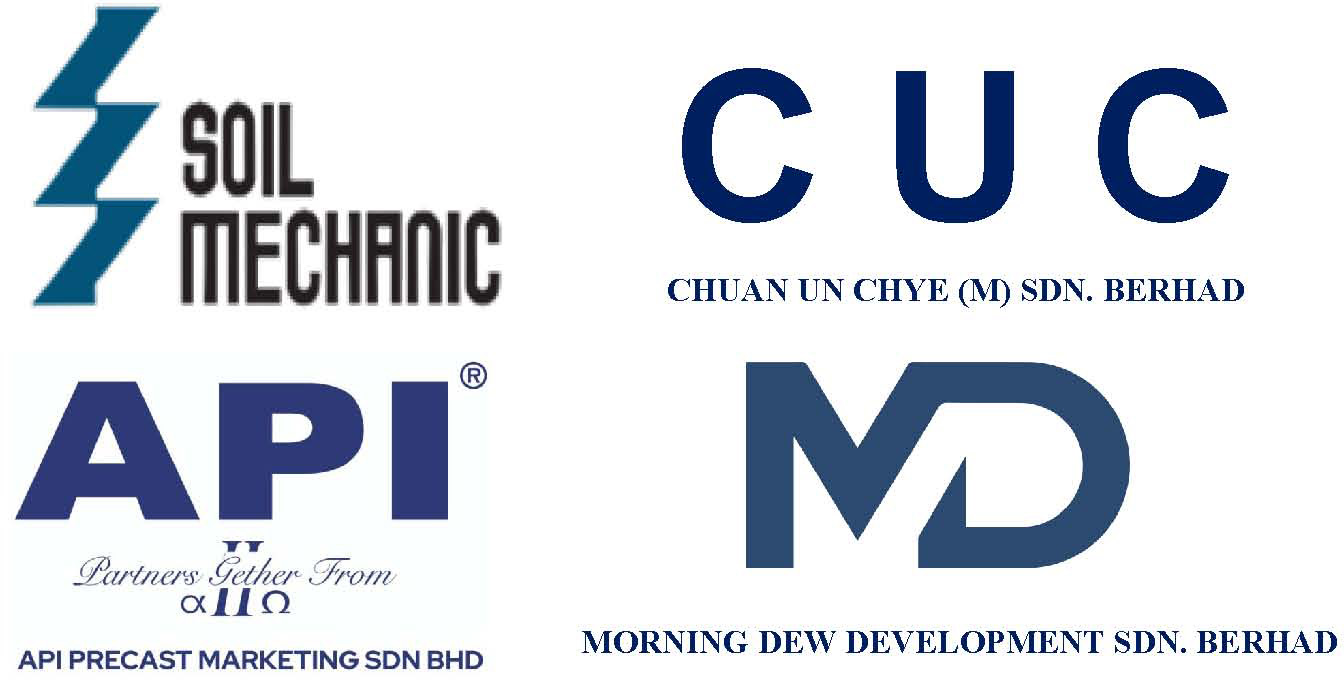
EMERALD SPONSORS:
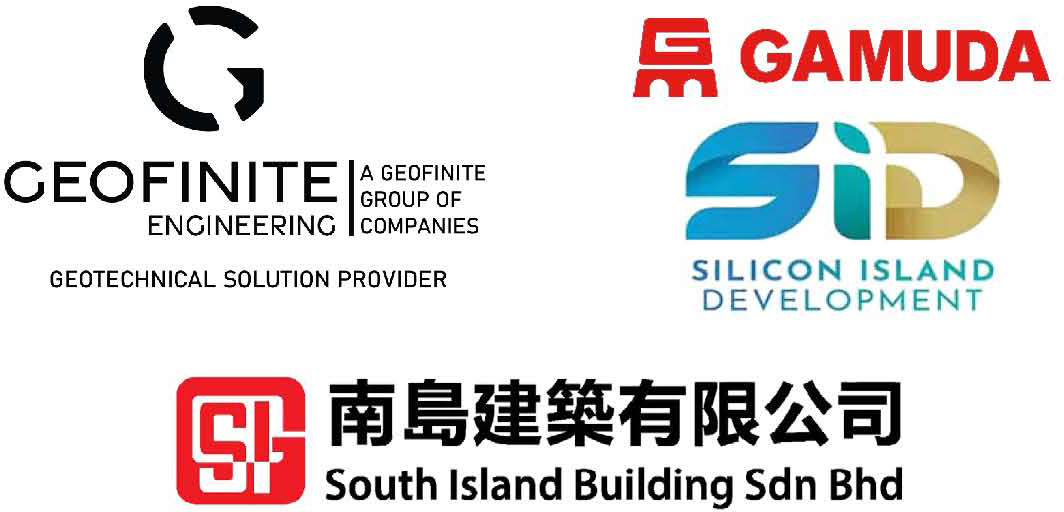
RUBY SPONSORS:

Geotechnical Engineering Seminar 2024 is organised by The Institution of Engineers Malaysia (Penang Branch) Geotechnical Engineering Sub-Committee, in collaboration with Majlis Bandaraya Pulau Pinang (MBPP) and Majlis Bandaraya Seberang Prai (MBSP). The objectives of the seminar are to highlight various aspects of geotechnical engineering challenges faced by professionals, keeping abreast in latest technology as well as providing a networking platform. The Geotechnical Engineering Seminar 2024 will be held at Ascott Gurney, Penang on 9th August 2024.
Event Details:
- Venue: Ascott Gurney, Penang
- Date: 9th August 2024
- Time: 8.00am-5.30pm
- CPD: 7 hrs Approved (IEM24/PG/184/S)
- Click Here to Register @ IEM Penang Event Registration Portal
Registration Fee:
| Grade | Rate (RM) |
| IEM Senior / Graduate / Student Members | RM150 |
| IEM Corporate Members | RM200 |
| Non-IEM Members | RM250 |
Event Flyer
Speakers Biodata and Talk Synopsis
Speaker 1

Prof. Er. Tan Thiam Soon,
Professor Tan Thiam Soon was the President of Singapore Institute of Technology (SIT) from 2013 to 2021 and now is SIT’s inaugural Institute Professor. He obtained his B.Eng. from the University of Canterbury and his M.S. and Ph.D. from the California Institute of Technology. Prior to SIT, he was with the National University of Singapore.
Professor Tan’s main research interests are in land reclamation and deep excavation. He has received numerous international and local awards for his works including ASTM’s C.A. Hogentogler Award, Best Research Paper from the Japanese Geotechnical Society, Singapore’s Minister of Transport’s Distinguished Innovation Award and Ministry of National Development’s Minister’s Award (Team), an Honorary Degree of Doctor of Education from Wheelock College (US), Doctor of Engineering by the University of Glasgow and the Distinguished Professional Engineer by Singapore’s Professional Engineers Board. In 2023, he received the Meritorious Service Medal in Singapore’s National Day Awards.
Professor Tan is a registered Specialist Professional Engineer (Geotechnical). Currently, he sits on numerous boards including Deputy Chairmanship of the Building Construction Authority and member of the Land Transport Authority. Other appointments include chairmanship of Ministry of Defence’s External Advisory Panel for Environmental Sustainability and an Advisor to Ministry of Education’s Higher Education and Skills Council.
Title: Coastal protection structures – challenges and opportunities
Synopsis: Sea level rising is one of the consequences of the climate crisis. When the sea level rises, it rises everywhere and will have an impact on coastal cities, some more than others. Singapore, as a tiny island state, has no hinterland to retreat to. At his National Day Rally in 2019, Singapore’s Prime Minister warned that "Because we are a low-lying island, Singapore is especially vulnerable to one grave threat, and that is rising sea levels,". He announced that the country would be spending up to $100 billion till 2100 to build coastal protection structures to help the nation mitigate this. All coastal cities will need to develop their own solution to mitigate this.
But there are serious challenges to how we can build such coastal protection structures. To be effective, such structures must be sufficiently impermeable to prevent the intrusion of the rising sea level. Sand, one of the most widely used materials to construct coastal structures, by itself, is highly permeable. In this presentation, some of the research conducted over more than 30 years on developing alternate materials for such construction will be discussed. Some of them, for example, the use of unwanted soils from underground helps to reduce municipal dumping while providing materials for the construction.
Speaker 2
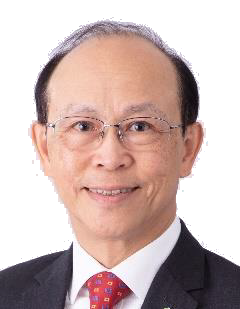
Ir. Professor Richard Pang,
Ir. Professor Richard Pang is a member of the Penang Technical Advisory Committee (PTAC) since January 2024, where he advises on slopes and geotechnical projects. After earning his PhD from UMIST, Richard initially worked on civil engineering projects in the UK, including civil works for a power station. In 1984, he began his tenure with the Hong Kong Government, where he dedicated over 30 years to various high-level positions such as Deputy Head of the Geotechnical Engineering Office (GEO) and Assistant Director of the Civil Engineering and Development Department (CEDD). His extensive experience encompasses design, construction supervision, geotechnical control, and setting standards in geotechnical engineering. Between 2018 and 2021, he served as Director of Industry Development at the Construction Industry Council-CIC, working on sustainable development initiatives. Richard is a Fellow of the HKIE and a Registered Professional Engineer (RPE), with roles as an adjunct professor at HK University and HK Chu Hai College, significantly contributing to both academic and professional realms.
Title: Combating Landslide Risk: Need for a Slope Safety System with Sustaining Professional Effort
Synopsis: Hong Kong, spanning 1,100 km², exhibits terrain and climatic conditions like Penang Island, with around 30% of its area featuring steep slopes over 30 degrees. Since 1949, its population has escalated from 2.0 million to 7.5 million, prompting extensive construction near steep terrains to meet housing and economic demands, resulting in a population density 2.8 times that of Penang Island. This rapid development has led to frequent landslides, primarily due to numerous man-made slopes and retaining walls created before the 1970s using outdated methods, causing significant human and property losses.
In response, the Hong Kong Government established the GEO in 1977 (previously known as the Geotechnical Control Office until 1991). This office manages geotechnical aspects of new and redeveloped projects and develops strategies to enhance slope safety and reduce landslide risks associated with both man-made structures and natural terrains.
This presentation will explore the evolution of Hong Kong’s slope safety system over the last 47 years. Topics will include geotechnical control measures for new developments, risk reduction strategies for existing slopes, advancements in landslide prediction through rainfall correlations, emergency response mechanisms, public education on slope safety, enforcement against unauthorized constructions, and digital innovations such as GIS in the Geotechnical Information Infrastructure. The session will also address the challenges posed by climate change to these systems.
Speaker 3
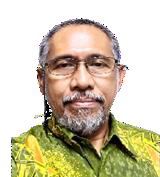
Ir. Baddrul H M Taib,
Ir. Baddrul graduated with a Bachelor of Science in Geological Engineering from the University of Nevada, in 1984. With over thirty years of profound experience in the field of geological and geotechnical engineering, he currently holds a managerial position at KGA Engineering Sdn. Bhd. Ir. Baddrul has been instrumental in a diverse range of projects, specializing in site investigations, ground improvements, and both soil and rock slope stabilization. His technical acumen also encompasses terrain geology and the execution of comprehensive geotechnical studies that support both developmental and environmental objectives. Ir. Baddrul has authored numerous influential papers on slope stability and geophysical survey techniques, significantly enriching the professional literature and advancing the practice of geotechnical engineering.
Title: Geology Terrain Mapping and Geotechnical Engineering Report
Synopsis: The Geology Terrain Mapping (GTM) Report has become an integral part of Geotechnical Report. Geotechnical Report. Traditionally focused on foundations, settlement, and mass movement/land instability, geotechnical analyses have heavily relied on data from soil investigations and laboratory tests of earth materials. However, GTM data, typically utilized during the planning phase, offers invaluable insights into historical geotechnical problems and aids in assessing potential issues. This presentation will explore the crucial significance of Geology Terrain Mapping, analyzing its thematic elements and clarifying its fundamental relationship with the Geotechnical Report. This overview seeks to emphasize the changing significance of GTM for developing efficient geotechnical solutions.
Speaker 4
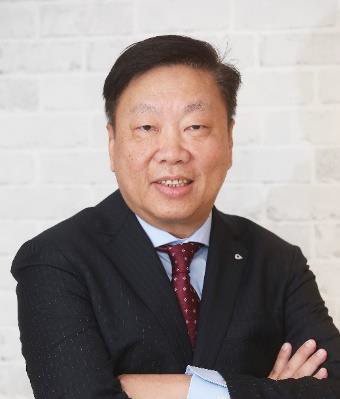
Ir. Dr. Lee Sieng Kai,
Ir. Dr. Lee Sieng Kai has more than 30 years of experience in the field of piling, structural and geotechnical related services, covering instrumentation and testing technologies for construction projects as well as completed buildings and infrastructure. His expertise can be categorised into 2 segments, as follows:
(i) Pile instrumentation and static load test services; and
(ii) Ground and structural instrumentation and monitoring services.
He obtained his Bachelor’s Degree in Civil Engineering from University of Malaya in 1990, and was conferred the degree of Doctor of Philosophy (PhD) in Foundation Engineering in 2011 by the same University. His research has been awarded with three gold medals in the national and international innovation competitions. He is a Professional Engineer registered with Board of Engineers, Malaysia and a Corporate Member of the Institute of Engineers, Malaysia.
He is presently the Managing Director of Glostrext Berhad, listed on ACE market of Bursa Malaysia. He is responsible for overall daily management and formulation of Glostrext Group’s business plans and strategies as well as overseeing the overall operations of the Group.
Title: Recent advancement in pile load testing with WiNA-platform based automated Maintain Load Test (aMLT) System
Synopsis: The principal of establishing the performance of a piled foundation by applying a load and measuring the resulting displacement has been widely used for at least 100 years. However, in pile load testing, maintaining load increments within a specified precision level presents a significant challenge when using manual pumping systems. Recently, there is a proactive initiative by the authority in introducing the automated load control in selected projects in this region, as this is a crucial step towards raising the standards of pile load tests. This is also in-line with current trend of the industries, where many businesses and companies are seeking automation to, amongst others, increase operational efficiency, minimise errors and reduce reliance on manpower. The author would like to share the experience of his team in the journey of the research and development of automated Maintain Load Test (aMLT) system, in response to this initiative.
Speaker 5

Prof. Dr. Ir. Masyhur Irsyam,
Masyhur Irsyam is a lecturer at the Civil Engineering Department of Bandung Institute of Technology (ITB), Bandung, Indonesia and his specialty is in the field of Earthquake Geotechnical Engineering and Ground Improvement.Since 2015 he became Coordinator of the National Center for Earthquake Studies of Indonesia (PuSGeN) until 2019, and from 2011 to 2019 he was President of the Indonesian Society for Geotechnical Engineering (HATTI). He was appointed as Chairman of the Team for Revision of Seismic Hazard Maps of Indonesia 2010 and 2017, Coordinator for Indonesian Codes related to Geotechnical Engineering SNI 8460-2017 and Indonesian Code for Earthquake Resistance Design (Sub Structure Part) SNI 1726-2019.Currently he is an active member of the Indonesian Academy of Sciences (AIPI), Advisory Boards of Building Construction for DKI Jakarta, Expert Panel for Committee for Bridge Safety (KKJTJ) of the Ministry of Public Works, and Technical Committee TC’s and Asian Technical Committee ATC’s of ISSMGE (International Society for Soil Mechanics and Geotechnical Engineering).Masyhur has a PhD and master’s degree in civil engineering from the University of Michigan USA in 1991 and 1988 and prior degrees from Bandung Institute of Technology, Indonesia in 1983.
Title: Recent Development of Seismic Hazard Maps of Indonesia for Design of Earthquake Resistant Buildings and Infrastructures
Synopsis: Indonesia is one of the most seismically active countries in the world, and its large, vulnerable population makes reliable seismic hazard assessment an urgent priority. The first seismic hazard map was developed in 1966, then in 1970, 1983, 2002, 2010, and then 2017. The Indonesian Ministry of Public Works and Housing established the National Center for Earthquake Studies (PuSGeN) in 2016 with its objectives to improve the input data available for revising the national seismic source and hazard maps and to develop national codes for earthquake resistance design.
After the latest maps were published in 2017, significantly damaging and deadly earthquakes occurred that bring new information and knowledge on the earthquake sources. Significant research and new findings have also been conducted on active faults near metropolitan cities. Therefore, an ongoing process to update the 2017 maps is currently being conducted by PuSGeN to better reflect potential earthquake hazard. Seismic hazard analysis is undertaken considering the latest significant earthquakes and active fault research findings, new data, recent GMPE’s, and more advanced methodologies for seismic hazard map development to support earthquake resistant design for buildings and infrastructures in Indonesia.
Speaker 6
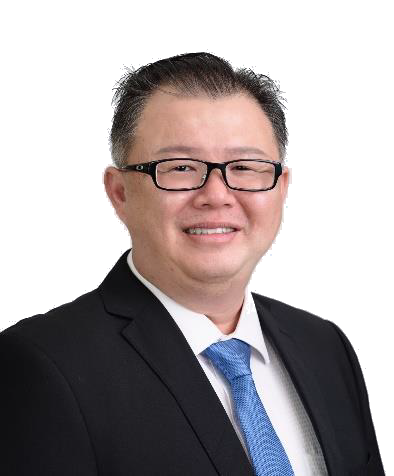
Dr. Leong Kam Weng,
Dr Leong is currently the Director of Keller Foundations and is heading the business development for the ground improvement business in the ASEAN region. He graduated from University of Malaya, Malaysia with a Bachelor of Engineering (First Class Honour) in Civil Engineering. Then, with a PhD from the National University of Singapore. He has been actively involved in the design and execution of Ground improvement projects in the South East Asia for Keller such as Exxon Mobil refinery plants and Neste Renewable Energy plants in Singapore and the KVMRT project in Malaysia. He has also been a member of the Geotechnical Society of Singapore (GeoSS) since 2008 and has been actively serving on the committee ever since. He was the President of GeoSS for 2016-17 and was awarded the Outstanding Geotechnical Engineer award by GeoSS in 2018 for his contributions to society and industry.
Title: Alternative Foundation Solutions with Ground Improvement
Synopsis: With the growing disruption in the construction industry, geotechnical engineer is often tasked with solving geotechnical problems with solutions that are safer, more cost-effective and sustainable. Ground Improvement can be an innovative solution to such geotechnical problems. This talk will introduce the various Ground Improvement techniques and key criteria in selecting a Ground Improvement technique. Two Ground Improvement techniques; namely Deep Vibro Techniques and Deep Soil Mixing will be discussed in detail. Selected case studies will be used to demonstrate the successful applications of the techniques as alternative foundation solutions for structures.
Tags: IEM, Geotechnical, Penang, Seminar, 2024